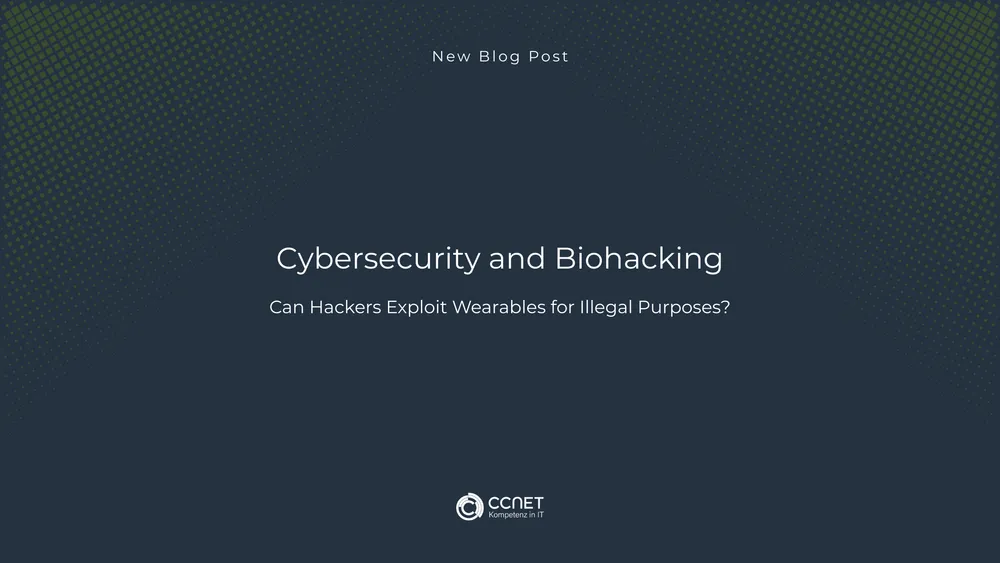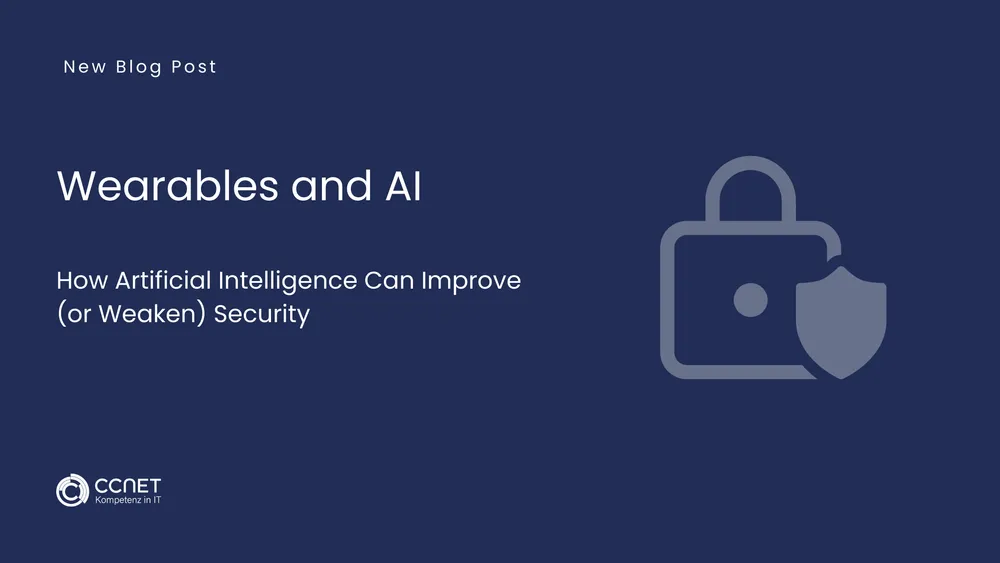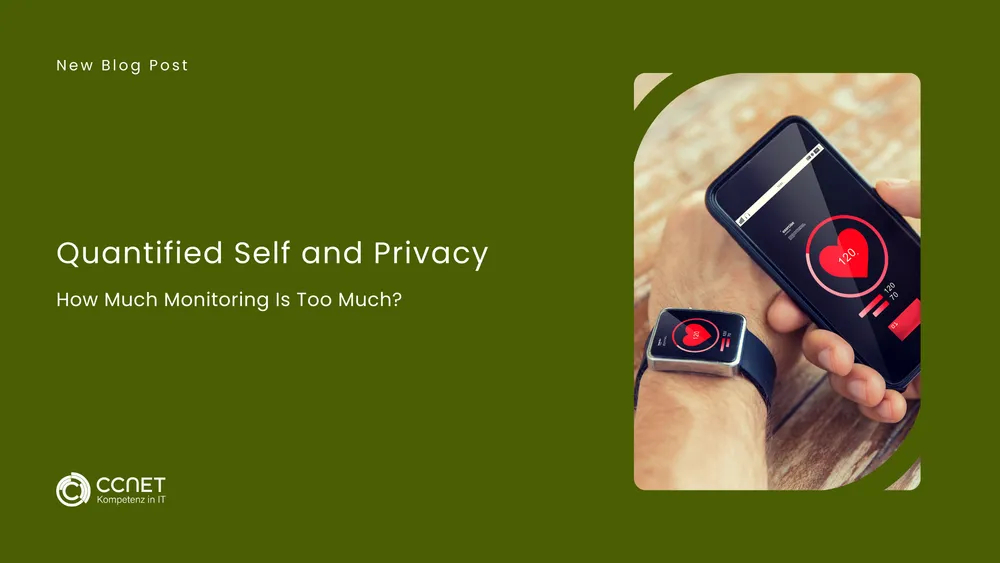
CCNet
Aug 22, 2025 • 2 min read

Who Is Liable When a Wearable Delivers False Health Data?
Wearables increasingly provide medical functions—tracking heart rate, oxygen saturation, ECG, and even blood sugar. But what happens if this data is incorrect and results in harm? Who is responsible when a wearable device provides false or misleading health information? This article explores the complex issue of liability and legal consequences.
1. Health Data Is Not Always Accurate
Wearables are not infallible. Measurement errors, sensor malfunctions, or software bugs can cause devices to report incorrect values. The consequences can range from minor inconveniences to serious medical errors—especially when users or doctors rely on the data for treatment decisions.
2. Who Could Be Held Liable?
a) Manufacturer
- If the error is due to a design flaw or faulty hardware, the manufacturer may be liable for damages under product liability law.
- This also applies if the device fails to meet promised features or certifications (e.g., CE mark, FDA approval).
- Missing or misleading warnings in the manual can also trigger liability.
b) Software Developer
- If incorrect data results from a software bug or a poorly designed algorithm, the developer of the wearable operating system or app may be held accountable.
- Especially when third-party apps influence the data evaluation, liability must be clearly regulated.
c) User
- In some cases, the user may share responsibility—e.g., if they ignore known device limitations or fail to perform recommended updates.
- However, user liability generally plays a minor role in practice.
d) Healthcare Provider
- If medical personnel rely exclusively on wearable data without verification, this may constitute a treatment error.
- In these cases, liability could fall on the doctor or clinic, especially if no double-checking took place.
3. Liability Depends on Device Classification
Whether a wearable is a lifestyle product or a certified medical device is crucial for liability:
- Lifestyle gadgets: No liability if the manufacturer clearly communicates that the data is not suitable for medical decisions.
- Medical devices: High standards apply—errors can result in serious legal consequences and require comprehensive quality control.
4. Legal Basis and Regulatory Frameworks
- In the EU, the Medical Device Regulation (MDR) and general product liability laws apply.
- In the U.S., the Food and Drug Administration (FDA) regulates medical-grade wearables.
- Additionally, civil liability law governs damages from bodily harm.
5. How Can Manufacturers Protect Themselves?
- Clearly define the intended purpose of the device.
- Distinguish between wellness and medical functions.
- Provide comprehensive disclaimers and warnings.
- Ensure regular software testing and updates.
- Obtain legal advice and liability insurance.
6. Conclusion: Liability Requires Clear Communication and Responsibility
The more medical functions wearables perform, the higher the liability risk. Manufacturers, developers, and healthcare providers must work closely together to ensure data accuracy and clearly communicate limitations. Only then can users safely benefit from the advantages of wearable technology—without facing legal uncertainty.


